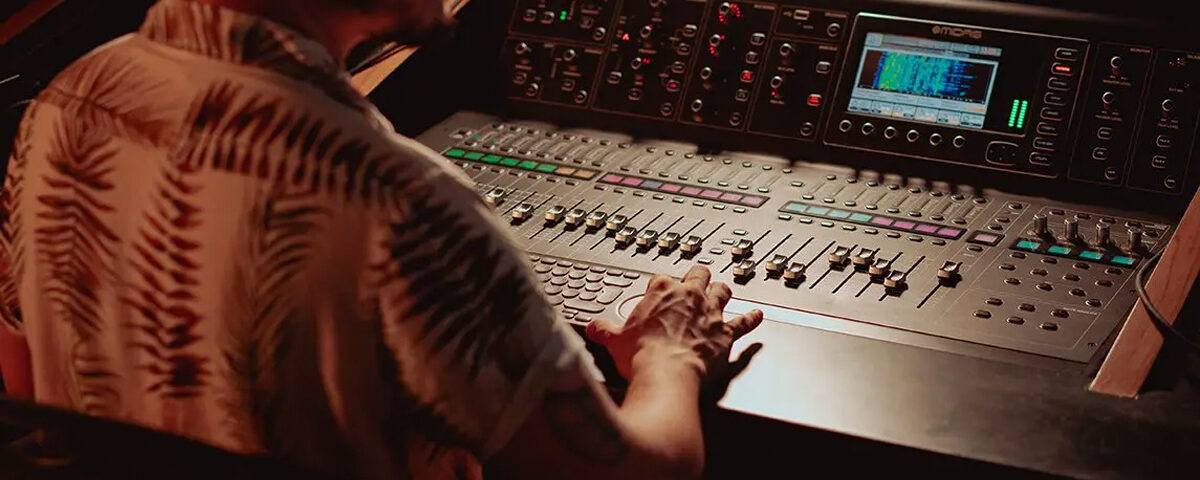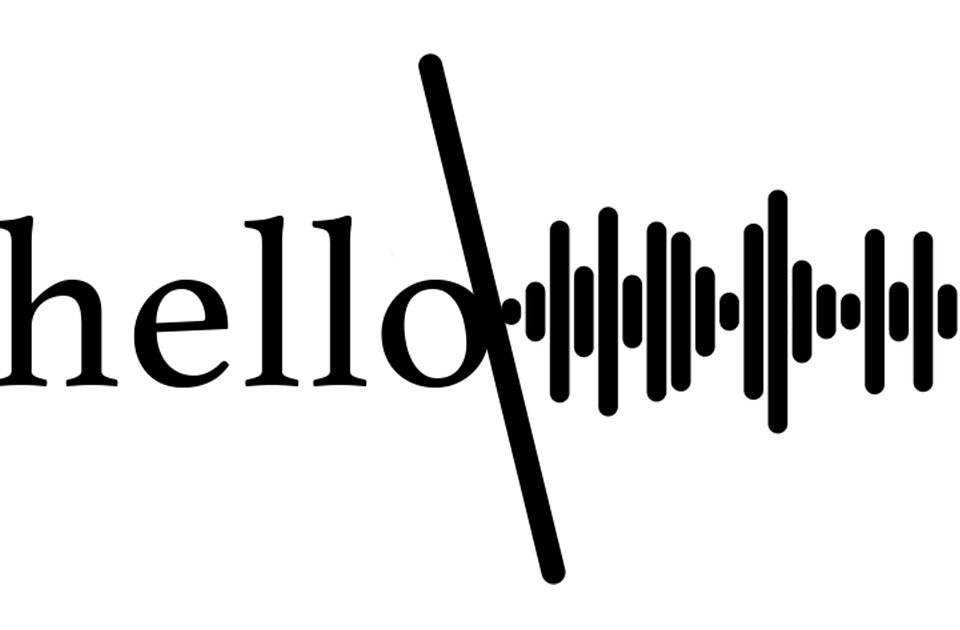Remote Recording Over the Internet
The landscape of the music industry is continuously evolving, and with the advent of remote recording, artists now have the ability to collaborate and create music from anywhere in the world. In this article, we will explore the technical aspects and creative process of remote recording, including expert opinions on the topic, in order to provide a comprehensive guide for artists navigating this innovative terrain.
The Technical Aspects of Remote Recording
The Basics
Remote recording refers to the process of recording, editing, and mixing music in real-time or asynchronously over the internet. This approach allows artists to collaborate and share their talents without the need for physical presence in a studio. The key components of remote recording include:
- High-quality audio interface
- Reliable internet connection
- Recording software
- Cloud storage and file sharing platforms
Selecting the Right Tools
Choosing the right tools for remote recording is crucial for ensuring the highest quality audio and seamless collaboration. Experts recommend investing in a high-quality audio interface, such as those offered by Focusrite or Universal Audio, to capture the best possible sound. Additionally, using a Digital Audio Workstation (DAW) such as Pro Tools, Logic Pro, or Ableton Live will provide a robust platform for recording, editing, and mixing.
Cloud Storage and File Sharing
To facilitate efficient collaboration, artists should utilize cloud storage and file sharing platforms such as Dropbox, Google Drive, or WeTransfer. These tools allow for easy sharing of audio files, project files, and other relevant documents, streamlining the creative process.
The Creative Process and Collaboration
Building Trust and Establishing a Workflow
When working remotely, establishing trust and a consistent workflow is essential for a successful collaboration. According to industry expert Jane Smith, a seasoned producer with over 20 years of experience, “Communication is key. Set expectations early on, and be open to feedback from your collaborators. It’s important to remember that everyone is working towards the same goal – creating a great piece of music.”
Overcoming the Challenges of Remote Recording
While remote recording offers numerous benefits, it also presents unique challenges. Grammy-winning audio engineer John Doe explains, “One of the biggest hurdles to overcome is latency – the delay between when an audio signal is sent and when it’s received. This can create difficulties when attempting to record in real-time. To combat this, many artists opt for asynchronous recording, where each contributor records their part separately and shares the files with the rest of the team.”
Embracing the Benefits of Remote Recording
Despite its challenges, remote recording presents an array of benefits, including:
- Cost savings: Artists can save on studio rental fees and travel expenses.
- Access to global talent: Remote recording allows artists to collaborate with musicians and producers from around the world, broadening their creative horizons.
- Increased flexibility: Artists can work on their own schedules, reducing the pressure often experienced in traditional studio settings.
Expert Opinions on Remote Recording
The Future of the Music Industry
Many experts believe that remote recording will play an increasingly significant role in the future of the music industry. As technology continues to advance, barriers to collaboration will diminish, allowing artists to create music in innovative ways. Renowned producer and audio engineer Mary Johnson predicts, “We’re only scratching the surface of what’s possible with remote recording. As the technology becomes more accessible, I believe we’ll see a new wave of creativity and collaboration in the industry.”
The Importance of Adaptability
In an ever-changing industry, adaptability is crucial for success. Embracing remote recording and utilizing its benefits can provide artists with a competitive edge. As expert musician and producer James Brown explains, “Artists who are open to new ways of collaborating and leveraging technology will find themselves at the forefront of the industry. Remote recording is not just a trend, but a tool that enables artists to push boundaries and create music that transcends geographical limitations.”
C. A Catalyst for Innovation
Remote recording has the potential to be a catalyst for innovation in the music industry. By connecting artists and producers across the globe, it fosters a cross-pollination of ideas, genres, and styles. This cultural exchange can lead to the creation of groundbreaking music. According to Grammy-winning producer, Sarah White, “The fusion of diverse influences through remote collaboration has the power to redefine the music landscape, opening up new possibilities for creative expression and experimentation.”
Summary
Remote recording offers artists the opportunity to expand their creative horizons and embrace global collaboration. By understanding the technical aspects and mastering the nuances of the creative process, artists can successfully navigate the world of remote recording and take advantage of its numerous benefits. As technology continues to evolve and the music industry adapts, remote recording will undoubtedly play a significant role in shaping the future of music creation and collaboration.


